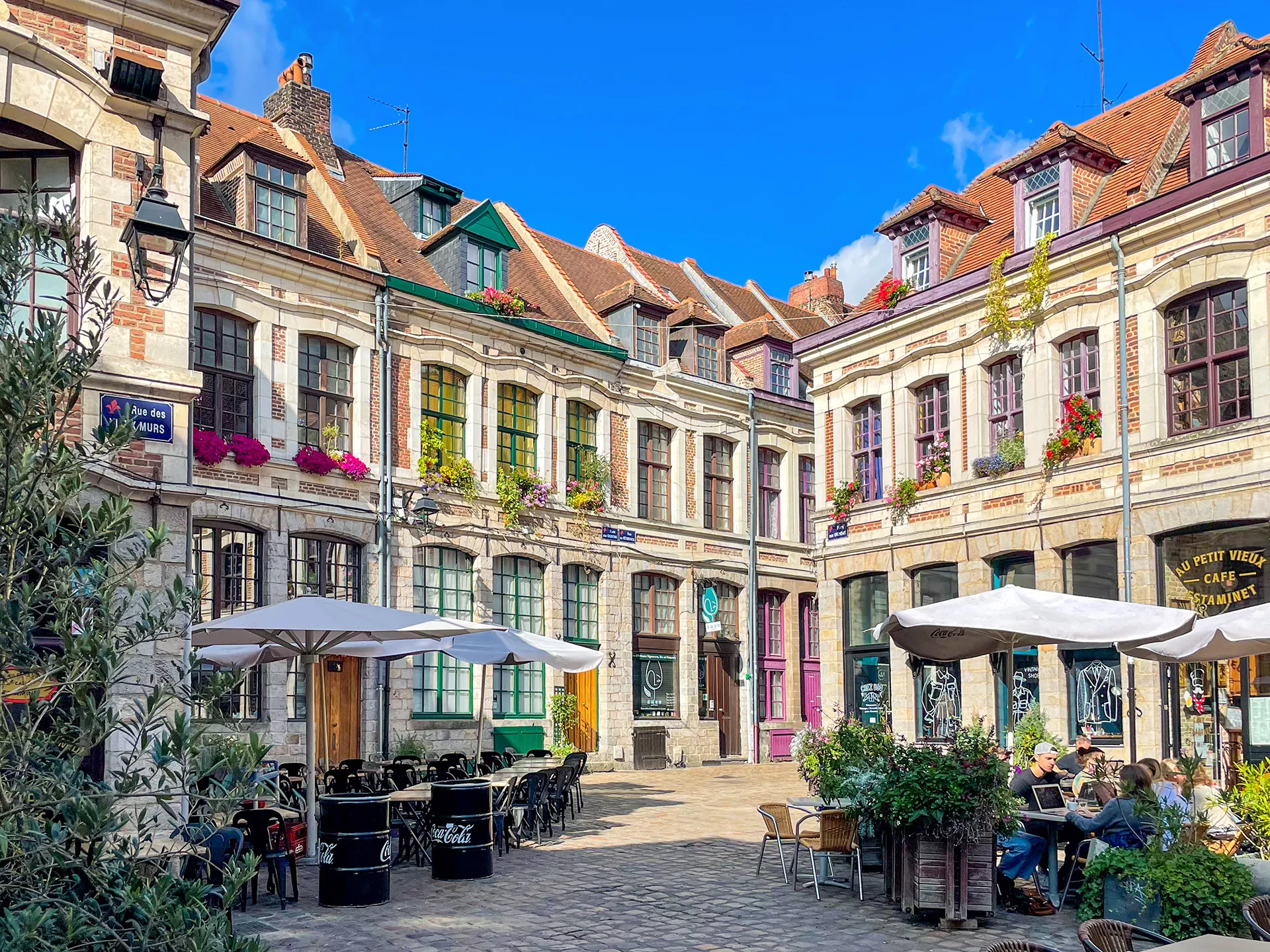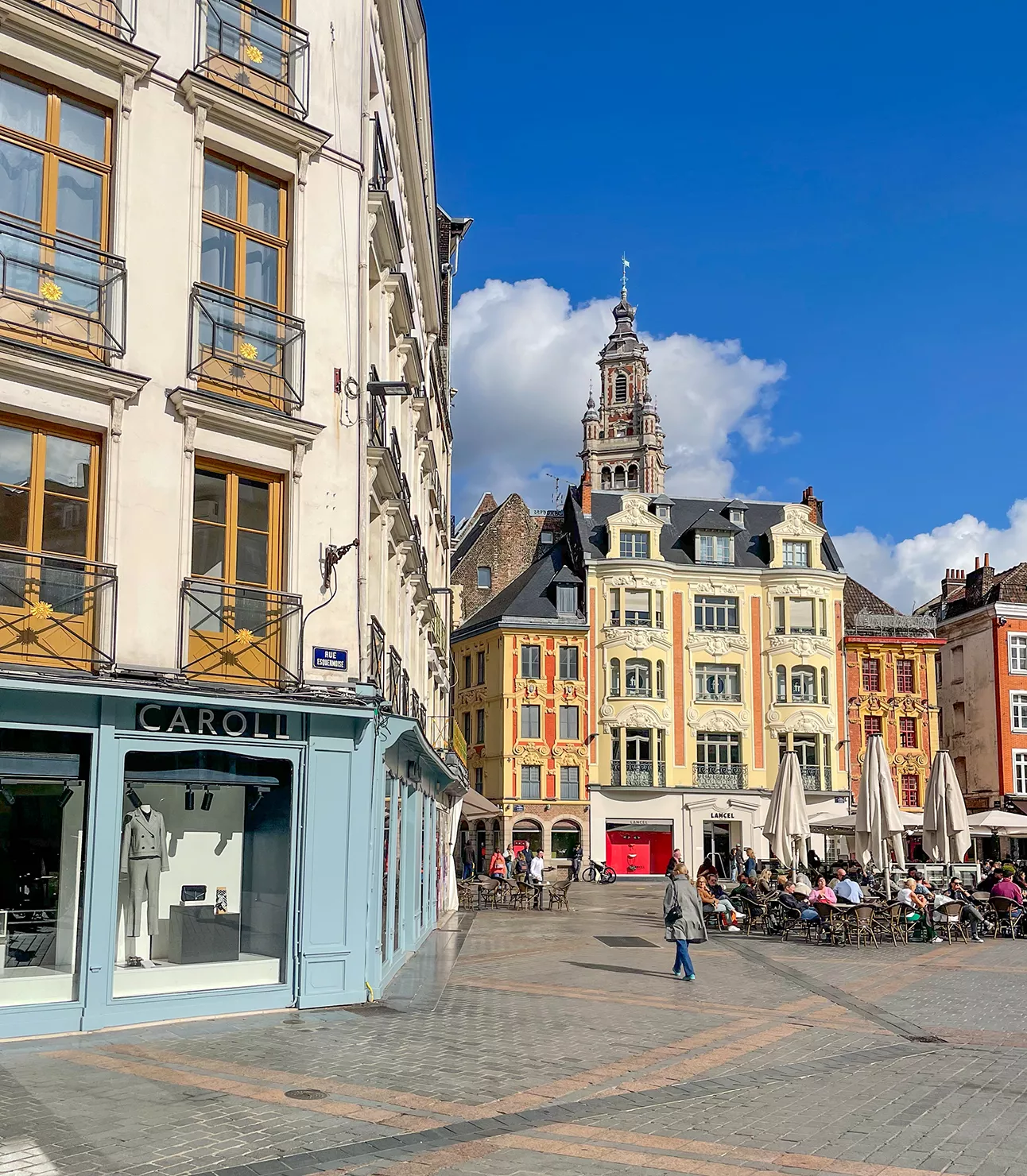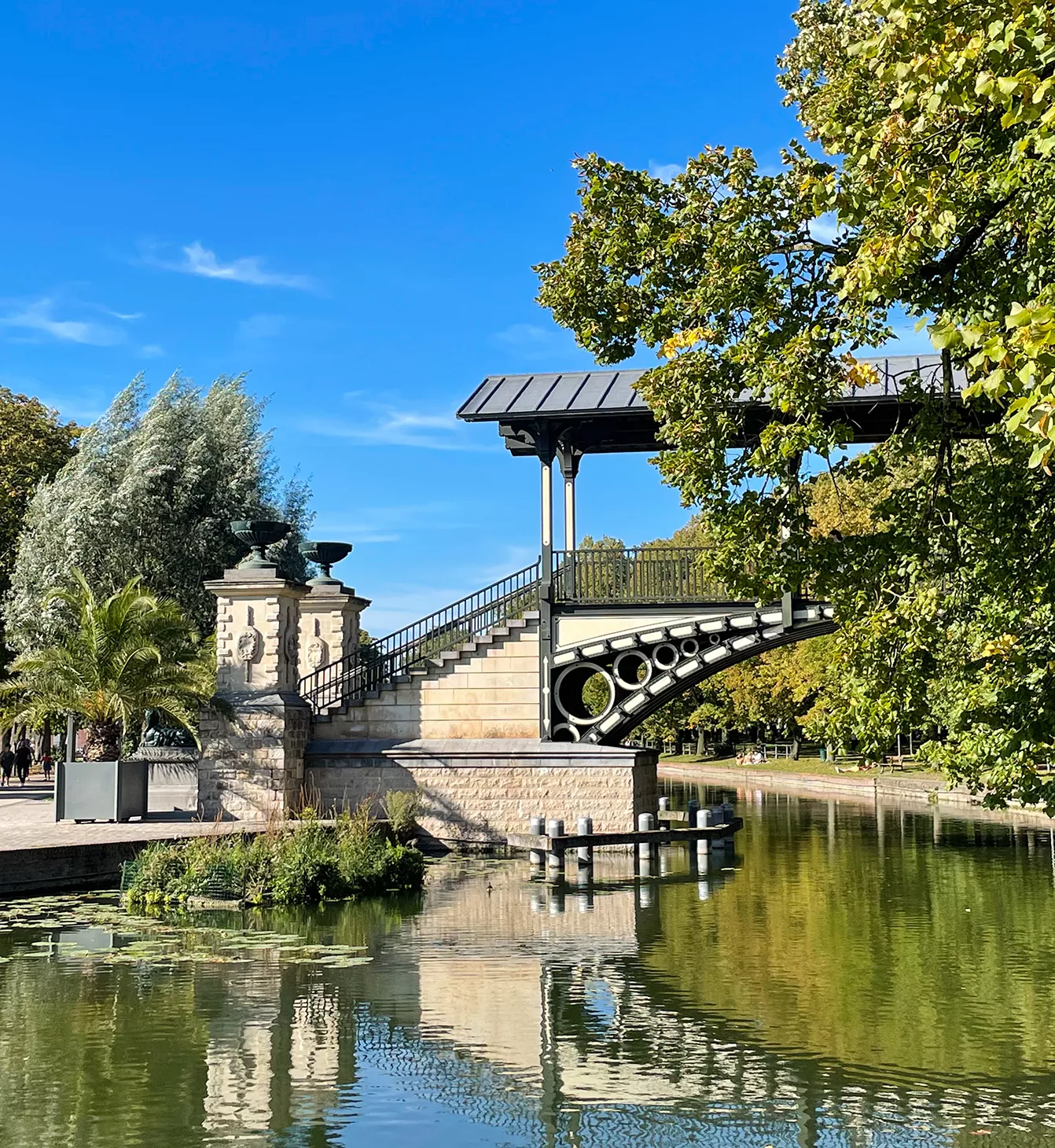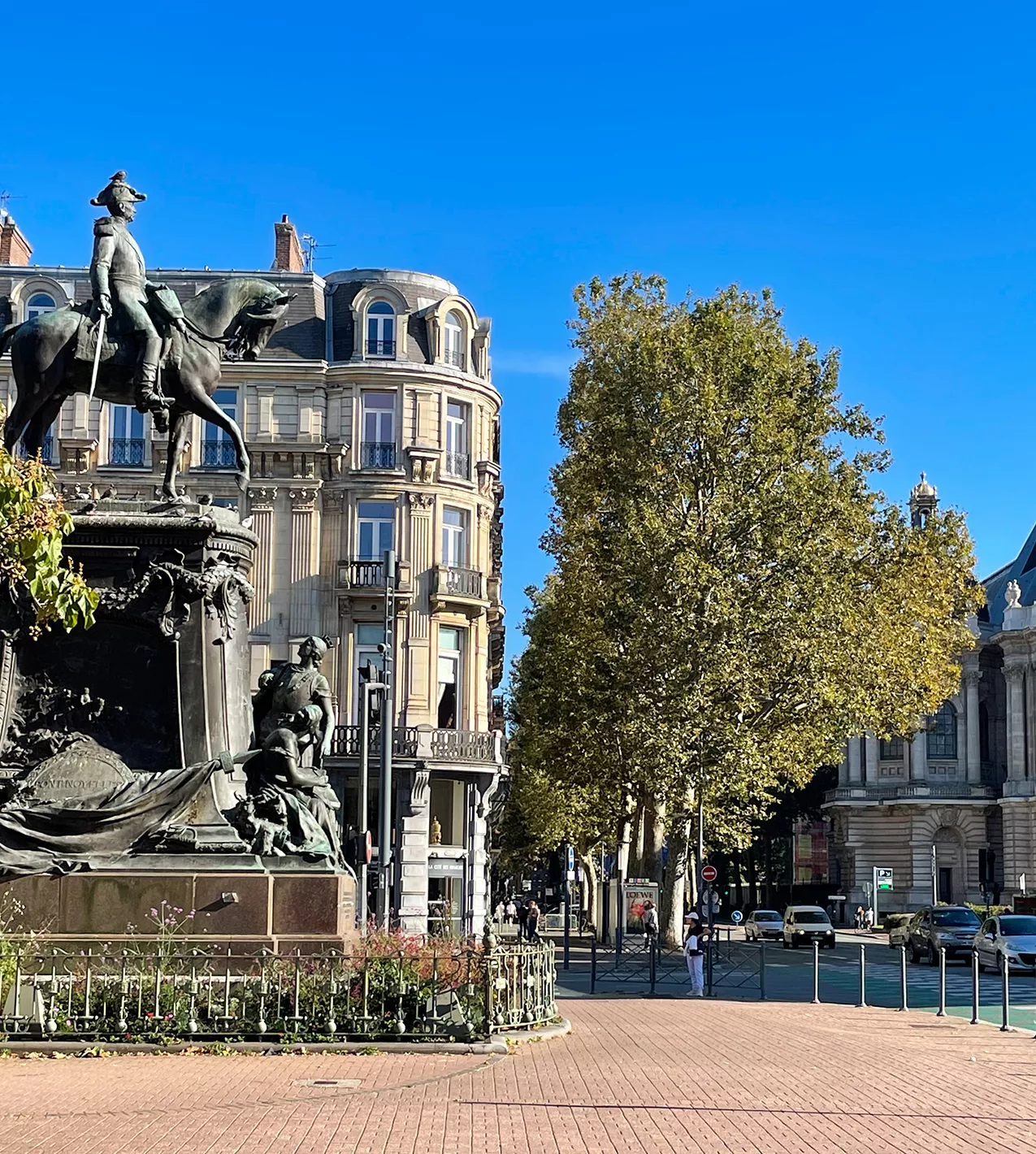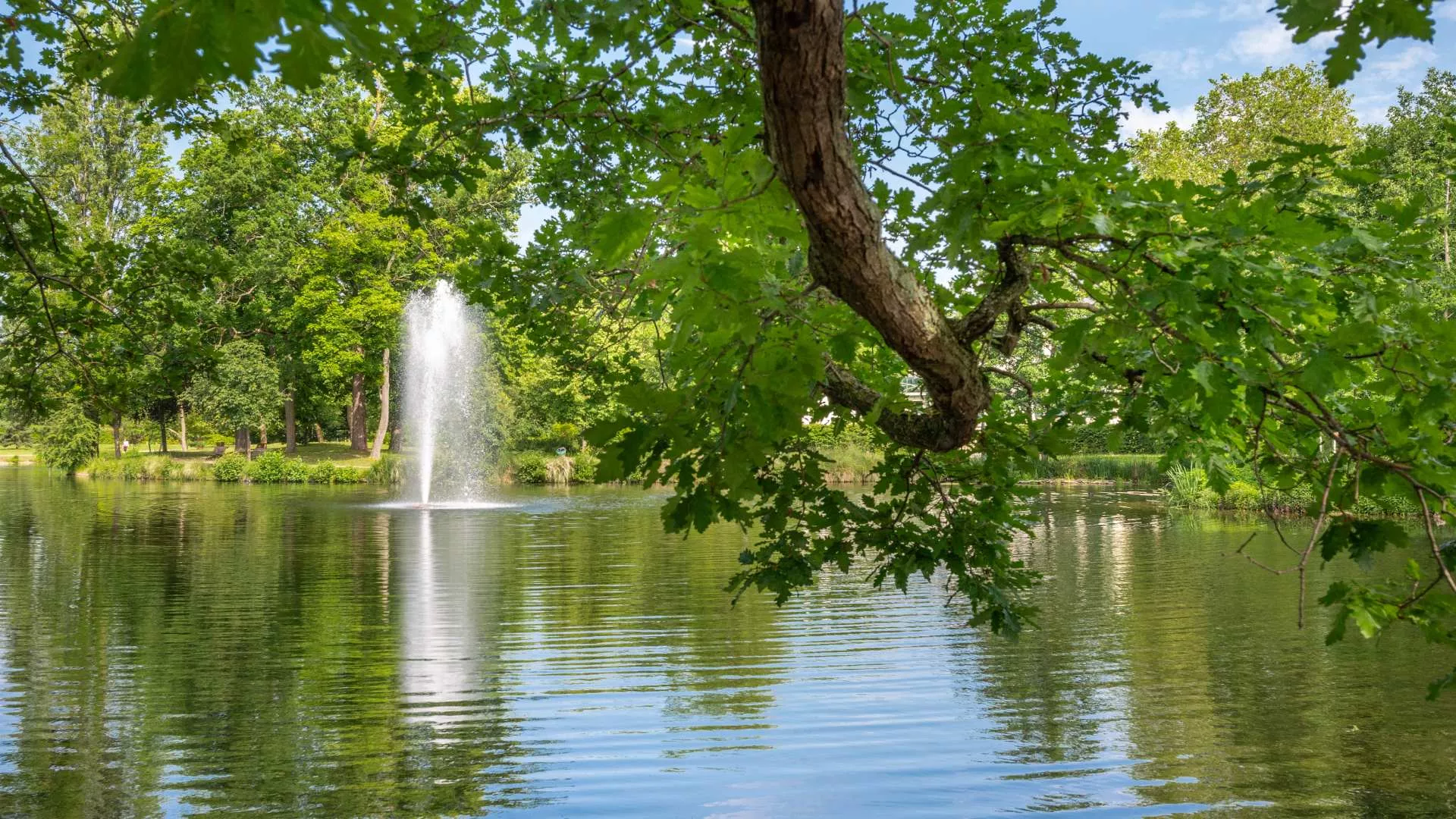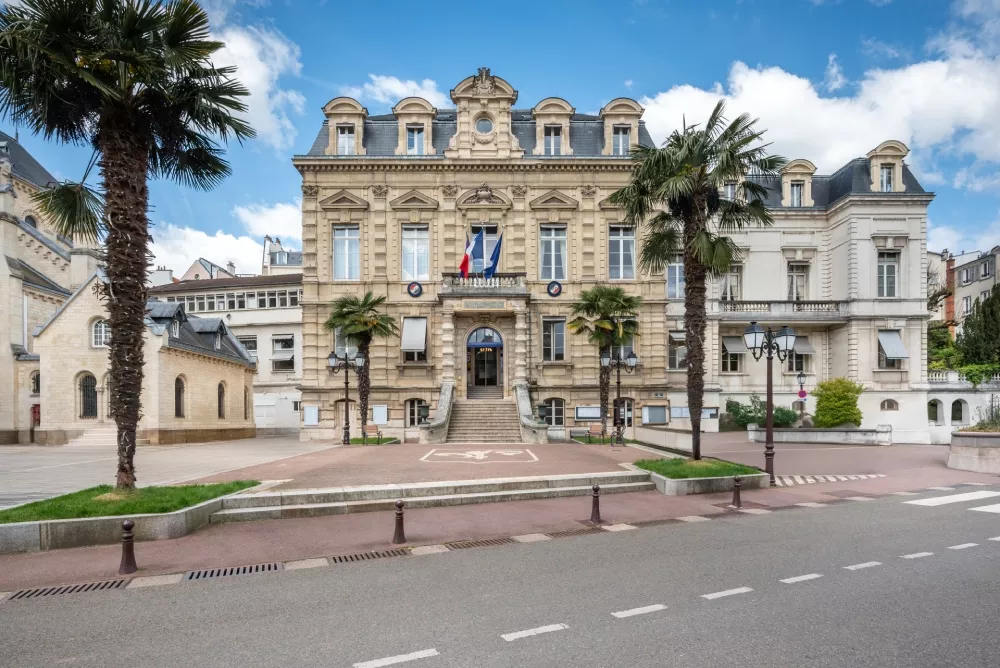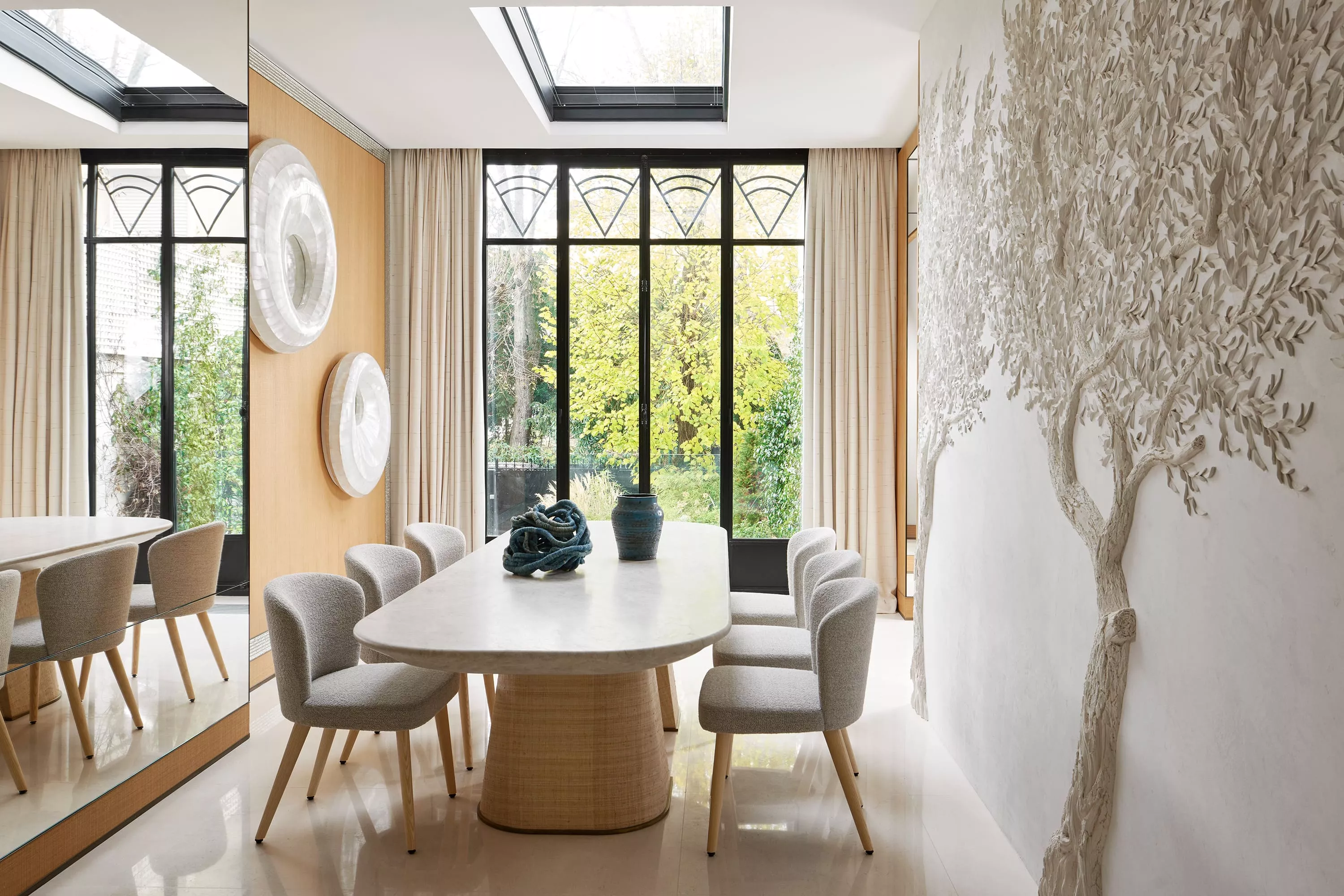Living in Lille, where the cobblestones come alive
Lille, the beauty of the North, gracefully combines its historical heritage with permanent excitement, offering a living environment where tradition and modernity coexist harmoniously. Strategically located between Belgium and Paris, the city seduces for its cultural richness, its green spaces, its architectural beauty and its typical and generous gastronomy. But what makes it so unique is certainly its friendliness and the warmth of its inhabitants, a reflection of a city on a human scale. Living in Lille simply means tasting good food and living well every day.
A bit of history...
Lille, founded in the Middle Ages, has had a turbulent history, marked by its strategic position at the crossroads of French and Flemish cultures. It was at the heart of numerous conflicts, notably during the centuries of rivalry between France, Spain and the Netherlands, before becoming French in the 17th century. An industrial city in the 19th century, it now shines in Europe and has transformed into an important cultural and economic center of France.
Living in Lille: passion, culture and conviviality
In Lille, life is enjoyed in a gentle and peaceful atmosphere. Between the multitude of green spaces and the typical Flemish architecture: living in Lille offers a rich and picturesque environment. The generosity of the people of Lille, with their authentic encounters and sincere friendships, contrasts pleasantly with the hectic pace of other large cities.
In addition, the proximity to Paris allows the city's residents to enjoy the advantages of two worlds: living in Lille in a warm environment, while taking advantage of the professional opportunities in the capital, accessible in just an hour by train. With teleworking having become the norm in many companies, moving to Lille allows you to swap your Parisian apartment for a house with a garden in Lille, which has many luxury and exceptional properties.
Add to that a vibrant cultural life and a rich gastronomy: living in Lille is definitely a wise choice, between urban dynamism and provincial calm.
Moving to Lille: which neighborhood to choose?
Old Lille, the historic district
Old Lille is the most popular district of the city, recognized for the splendor of its “Spanish Flemish” architecture, its old-world charm, its old colorful facades, its cobbled streets. A pedestrian artery, Rue de Gand is an unmissable route, teeming with estaminets, bars and dancing places, making it particularly lively at night. The district also displays a bourgeois atmosphere, evident through its luxury boutiques, renowned restaurants and art galleries. Despite its density, the neighborhood is home to some green spaces and squares that offer moments of relaxation, such as the Parc de la Citadelle. Gourmets will find their happiness at Méert and its famous waffles, rue Esquermoise. Among the emblematic places, the imposing Notre-Dame-de-la-Treille Cathedral watches over the inhabitants.
Lille Centre, the dynamic district
Lille Centre, the economic and administrative heart of the city, is home to the “Grand'Place”, important boutiques and luxury brands. Thanks to its excellent accessibility by public transport and its proximity to the Lille-Flandres station: traveling to Paris and other French or European destinations is easy. The district brings together architectural gems, such as the Vieille Bourse, symbol of the flourishing commercial past, the Lille Opera, mirror of artistic elegance or the Belfry of the Town Hall, standing proudly like a guardian of time.
République-Beaux-Arts, the elegant and cultural district
The République-Beaux-Arts district partly takes its name from the famous Palais des Beaux-Arts in Lille. It concentrates an abundance of shops, lively bars, choice restaurants, cozy hotels, all just a stone's throw from the city center and surrounded by generous green spaces. These assets, combined with impressive bourgeois architecture, make the district a privileged destination.
The Vauban district, the student district
The Vauban district, close to major schools such as Sciences Po Lille and IESEG, is an area popular with students thanks to its efficient public transport service and its parks, notably that of the Citadelle. Vibrant during the day with its shops, it also offers varied activities in the evening, such as a dinner on a barge or a game of pétanque in a dedicated area.
Wazemmes and Moulins, the bohemian districts
The district, once popular, is today a trendy place that mixes bohemian spirit and social mix, attracting in particular thanks to its famous Sunday market, a real institution in Lille. Rue Gambetta, in particular, stands out for the emergence of businesses with an eco-responsible, vegan and zero waste selection. At night, Wazemmes changes its face and transforms into an essential party place, marked by the diversity of its nightlife establishments.
Saint Maurice-Pellevoisin, the residential district
The Saint Maurice-Pellevoisin district in Lille is both peaceful and dynamic, harmoniously combining historical charm with a growing range of local shops. To the north, near the Madeleine, the area is popular with very pretty residences, between bourgeois houses and recent constructions. The south, on the Pellevoisin side, is appreciated for its proximity to the metro, main roads and the train station.
Green spaces
Relatively urban, Lille also has a diversity of green spaces, particularly pleasant in the first rays of sunshine. Living in Lille promises you surprises when it comes to the richness of the gardens, such as the classic Jardin Vauban and the more modern Jardin des Géants. The Citadel Park, the heart of the city, is a delight for children and joggers. At the entrance to the park, there is also the Zoo with no less than 400 animals.
Schools in the area
Certain Lille middle and high schools are regularly ranked among the best in France. Children are notably educated at the Saint-Paul School Center for middle or high school or at the Thérèse D'Avila Establishment. Likewise, Lille is the headquarters of several renowned higher education institutions, including the University of Lille, the Catholic Institute, Sciences Po Lille and EDHEC Business School. Living in Lille is therefore ideal for families and students.
Living in Lille means immersing yourself in a dynamic and cultural metropolis, rich in history, while enjoying a warm atmosphere, typical of the north of France. Come visit us in our Junot Lille agency to find out about all the properties for sale.
